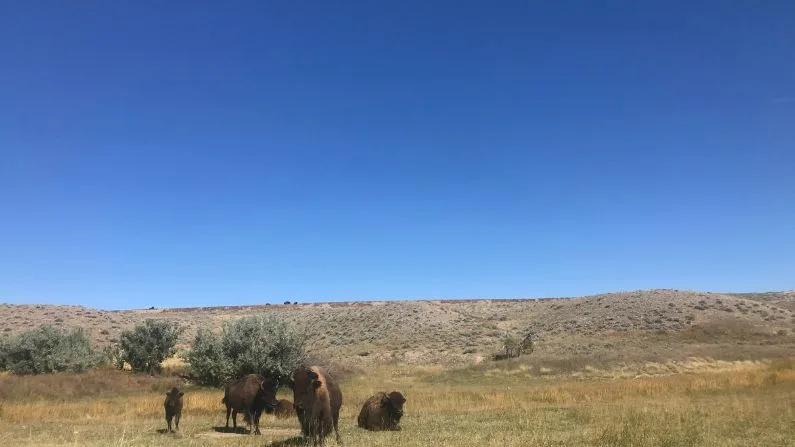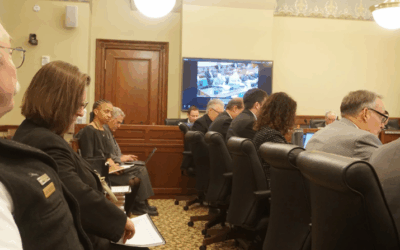The U.S. Bureau of Reclamation is trying to part ways with under 60,000 acres of federal land originally removed from the reservation as part of the Riverton Reclamation Project in 1905.
The Northern Arapaho and Eastern Shoshone Tribes have argued that it never should have been removed from the reservation to begin with.
The area was originally intended to be transformed into developed farmland, but that didn’t end up happening.
“This should be restored to tribal ownership,” said Wes Martel, a former council member in the Eastern Shoshone Tribe and a senior Wind River conservation associate for the Greater Yellowstone Coalition. “And that’s what I believe. That’s part of the reservation, [and] should have never been a reclamation project in the first place.”
In a federal court case from 2014, both tribes argued that areas north of the Wind River like Muddy Ridge are part of the reservation and fall under their jurisdiction.
However, the 10th U.S. Circuit Court of Appeals eventually disagreed, and said in a court order that Congress legally diminished the size of the reservation through the 1905 Reclamation Act. The court’s majority opinion asserted “that the language of the 1905 Act … is ‘precisely suited’ to diminishment.”
“There’s a lot of traditional medicines and plants and foods out there,” Martel said. “A lot of our relations grew up in that country. A lot of our elders lived out there.”
Non-tribal ranchers have grazing leases on Muddy Ridge for cattle, and are worried about changes to how it’s managed if the tribes receive it.
The other option would be to allow the Bureau of Land Management to take over managing Muddy Ridge.
A recent news report from the Cowboy State Daily says some ranchers believe that if the Bureau of Indian Affairs oversees the land on behalf of the tribes instead of the BLM, it could impose different grazing regulations in part due to concerns over feral horses.
A BLM spokesperson told the outlet that the process for changing who manages Muddy Ridge has only just begun, and that the agency is expecting an initial report from the Bureau of Reclamation soon.
Once they receive it, the BLM will begin a suitability study.
This reporting was made possible by a grant from the Corporation For Public Broadcasting, supporting state government coverage in the state. Wyoming Public Media and Jackson Hole Community Radio are partnering to cover state issues both on air and online.






